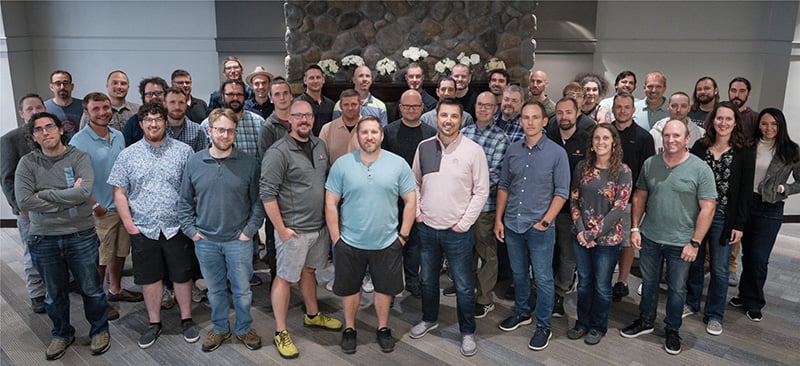In the software development industry, there are two types of partners: order takers and strategic solutions design partners. Both have a designated place in the world of custom development, but as a business, you'll want to ensure you've selected the right type of partner to align with your specific software initiative. Let’s look at who both partners are and how they can support your next custom software development project.
Order Taker Partners
Order Taker Partners (OTP) can be effective when a client has extensive experience defining not only the technical requirements, but more importantly, the business requirements, business impact goals, and user experience workflow for their project. When an organization has that level of experience and resources sunk into a project already, the risk with the technical engagement not accurately translating into the desired solution is lessened.
This type of partner can operate like that of a robot, simply following instructions verbatim without deploying any level of critical thinking. The cost savings with this model may sound attractive initially since you're only paying for tasks to be completed as opposed to thorough technical consulting, but going this route can often result in misinterpretation, confusion, and rework. Additional costs quickly compound the further into the engagement you get before issues are discovered.
Strategic Solutions Design Partners
Strategic Solutions Design Partners (SSDP) focus less on the client’s perceived technical requirements and more on the business-related variables such as business impact, long-term goals, and requirements. These variables are the driving force behind the design and architecture of the proposed solution. The underlying objective is to understand the business case /opportunity and to design a custom solution to solve for those business challenges.
The strategic value doesn’t stop there. SSDPs can tailor project delivery cycles to strategically align with a business’ fiscal calendar. Whether it’s seasonal revenue, budget planning, key client acquisitions, or other variables, delivery releases can take these scenarios into account when laying out a deployment timeline. Often, phased deployments are used to expedite the release of high priority features and functionality without negatively impacting the progress of the larger project.
Clients can also be limited by budget. By understanding the core business objectives, a SSDP can help reverse engineer a solution design that delivers the highest business value within a limited budget…often referred to as a Minimum Viable Product (MVP). If done successfully, these MVPs are used to reduce risk and garner internal support or buy-in around budget approvals for continued design and development enhancements.
Emergent Software strives to be a SSDP when working with clients just like you. By working with your team to understand your business goals, we can develop a solution that will not only impact your business in the short-term, but propel your business forward with a solution that positively impacts your growth and long-term goals. Ready to start your next project? Contact our team today – we're looking forward to hearing from you!






